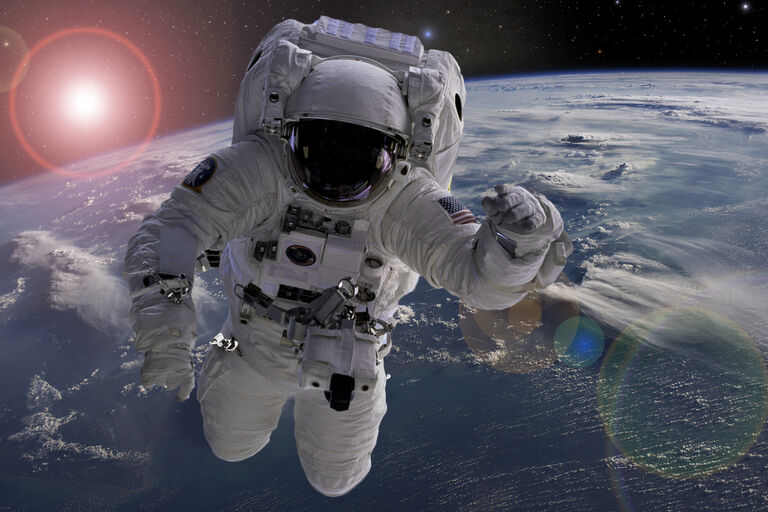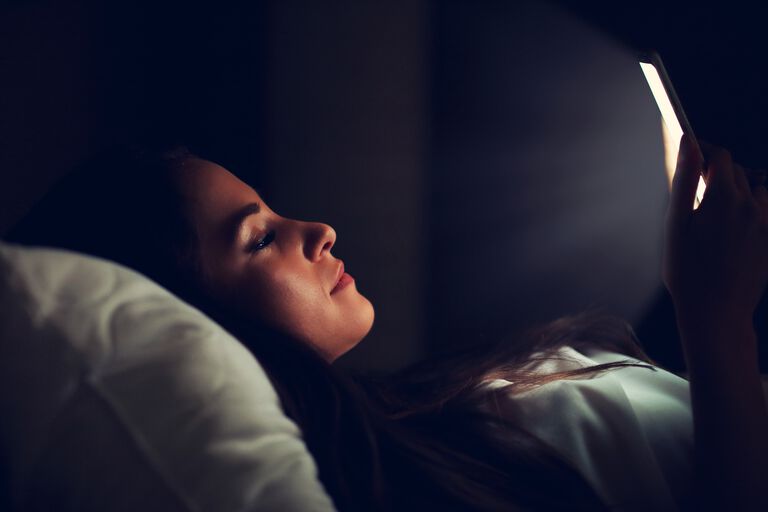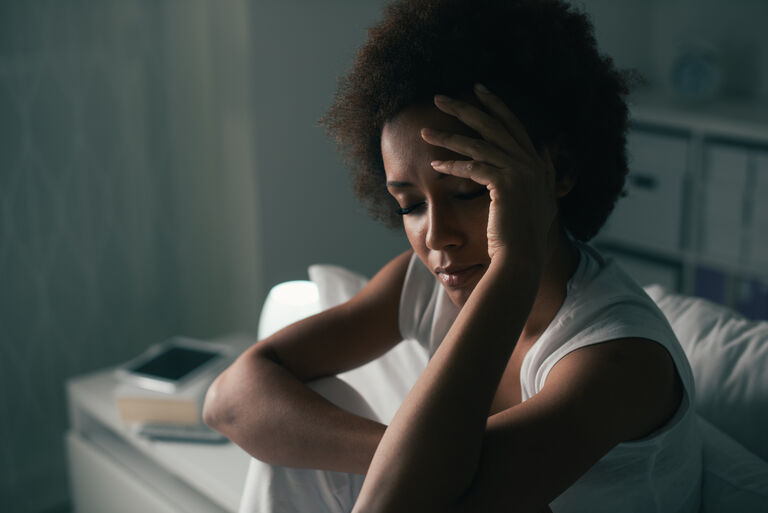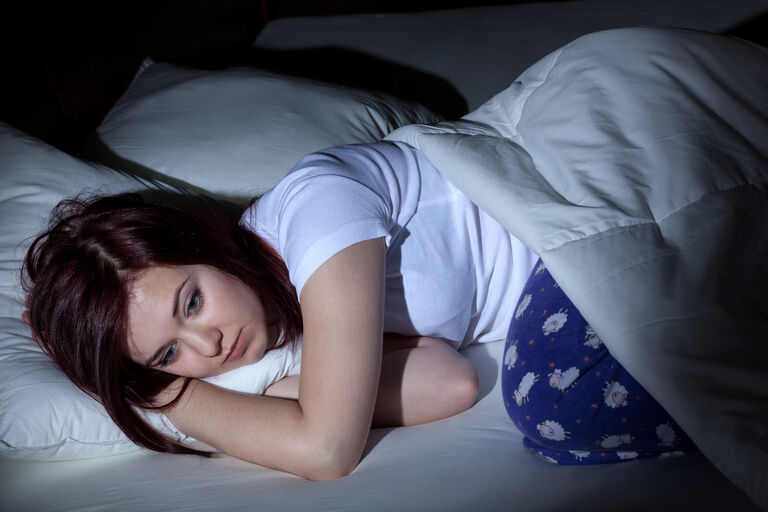HOW ASTRONAUTS SLEEP IN SPACE
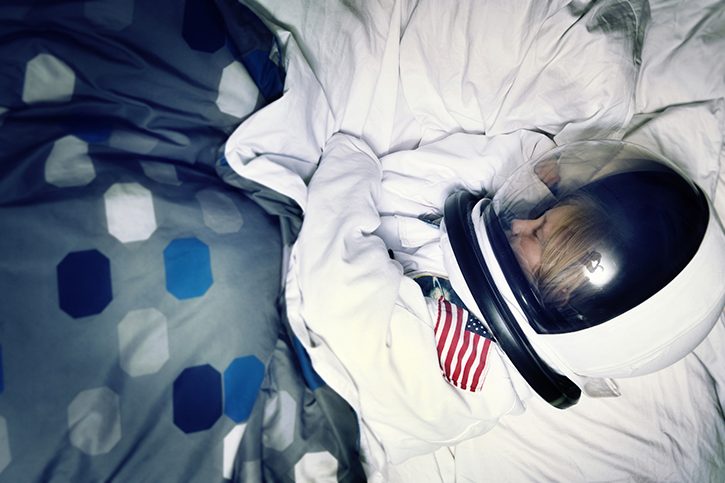
How Astronauts Sleep in Space
There’s nothing better than curling up in bed after a long day at work. For many of us getting in to bed is a time to relax our tired muscles and refuel for the day ahead. This is the same for astronauts, whose sleeping habits aren’t too dissimilar to those of ours on Earth.
In space there is no “up” or “down”, instead there is micro gravity. This means that astronauts are weightless and can sleep in any position. To sleep, astronauts must tether their sleeping bags to a wall or ceiling, so they don’t float off into space.
Being in space is exciting and for many astronauts this can affect their sleeping patterns. Some have even reported having dreams and nightmares in space while others have admitted to snoring.
Like many of us astronauts have different techniques to help them sleep. Here are a few that we can use down here on Earth too:
Sleep education and training
There are many different factors that can affect an astronaut’s sleep. Like us they need to know what these are. Many astronauts get around this by exercising properly and avoiding screen time before bed.
Sleep on a schedule
Astronauts must train their mind and bodies to a 24-hour circadian rhythm – like our pattern of being awake during the day and asleep during the night. As there is no real light in space, astronauts are given a schedule of 8 hours of sleep per night.
Sleep environment
Every effort is made to ensure that astronauts get a healthy and undisrupted sleep. Private sleep cabins allow different factors to be maintained that help them to sleep – temperature, light, airflow, noise and carbon dioxide.
Light
The International Space Station orbits Earth every 92 minutes meaning that astronauts can experience about 16 sunrises and sunsets per day. Therefore, astronauts use eye shades or shutters on windows to keep light out.
Sleep therapy
Cognitive Behavioural Therapy (CBT) can help to tackle sleep problems in space, as well as on Earth. This can help the crew to relax and adhere to good sleep hygiene.
Waking up
Some astronauts use alarm clocks like us to wake up. Others use a music broadcast from mission control back on Earth to help them rise.
TEMPUR ® material is based on technology first developed by NASA and then used onboard the space shuttles. Today, after much research and development that same material is at the core of all our mattresses and pillows.
TEMPUR® is the only mattress brand recognised by NASA and certified by the Space Foundation. To read more about our history with NASA please follow this link: https://uk.tempur.com/our-company/about-tempur.html
*The company and its products were recognized by NASA. At a joint press conference on May 6, 1998, at NASA headquarters in Washington, D.C., NASA recognized TEMPUR®’s outstanding achievements in adapting the original NASA technology for everyday use and improving the quality of life.
** Tempur products are certified by the Space Foundation as Certified Space Technology as they incorporate technology originally intended for space. For more information on the Space Foundation and its Certified Space Technology Program, visit www.uk.tempur.com/spacefoundation
